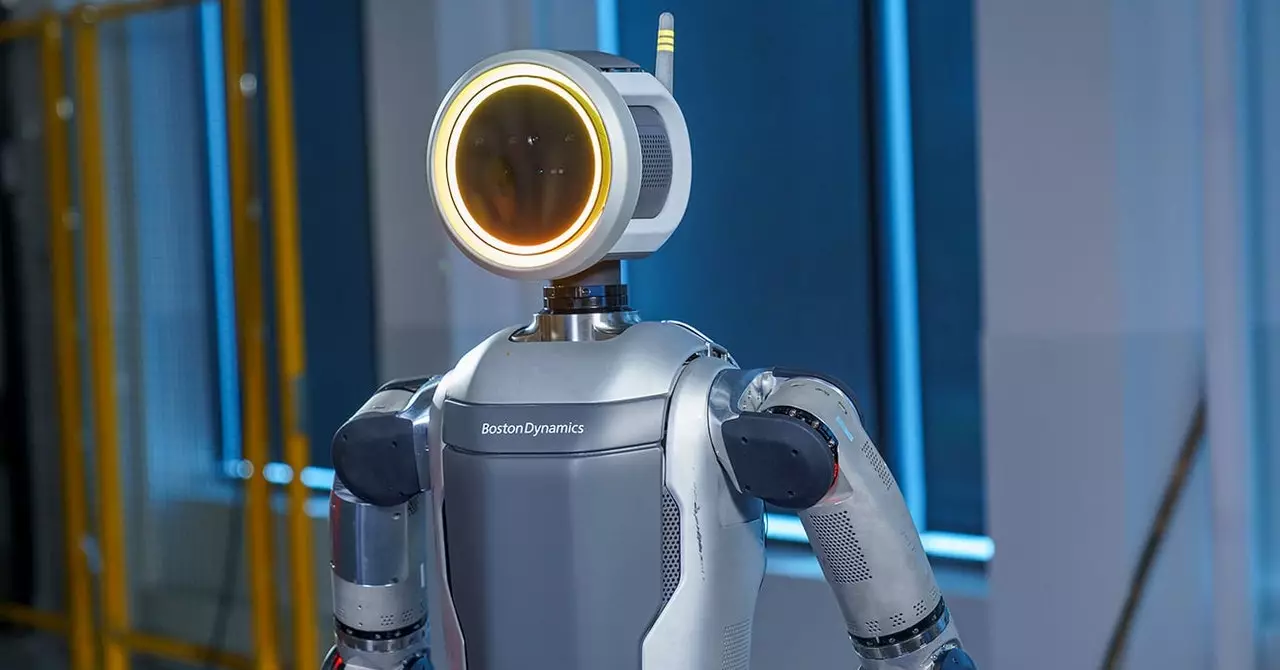The idea of super-strong, all-terrain humanoid robots capable of performing various physical tasks might sound like a scene straight out of a science fiction movie. However, the reality of such robots becoming a part of our daily lives is becoming increasingly probable. The fear that these robots could potentially be programmed to harm humans is a legitimate concern that cannot be easily dismissed.
The introduction of the New Atlas by Boston Dynamics has reignited the debate surrounding the use of humanoid robots in different industries. This upgraded version of the robot is not only more capable and agile but also equipped with advanced features that make it even more efficient in performing tasks. The incorporation of technologies such as a ringlight for a face adds to the eerie aesthetic of the robot, further fueling concerns about its potential applications.
One of the most significant implications of the rise of humanoid robots like the New Atlas is their potential to replace human workers in various sectors. Companies like Hyundai, which acquired Boston Dynamics in 2020, are already considering deploying these robots in their manufacturing facilities. The efficiency and precision of humanoid robots make them ideal candidates for tasks that require repetitive movements and high accuracy, such as assembly line work.
The shift towards utilizing humanoid robots in the workplace is not limited to a few companies. With initiatives like Tesla’s Optimus line and projects by startups like Sanctuary AI and Figure, the trend of integrating robots into the workforce is gaining momentum. The development of general-purpose humanoid robots that can adapt and learn on the fly raises questions about the future role of human workers in an increasingly automated world.
As the capabilities of humanoid robots continue to evolve, ethical considerations surrounding their use become more pressing. The potential for robots to outperform humans in certain tasks and the implications for job displacement raise complex questions about the ethical and moral implications of integrating such advanced technology into the workforce. Ensuring that robots are programmed with strict guidelines and limitations is essential to prevent any unforeseen consequences.
The rise of humanoid robots in the workplace presents a double-edged sword of technological advancement and ethical dilemmas. While the efficiency and precision of robots like the New Atlas offer undeniable benefits in various industries, the potential implications for human workers and society at large cannot be overlooked. As we navigate this new era of automation and AI, it is crucial to approach the integration of humanoid robots with caution and foresight to ensure a harmonious coexistence between man and machine.


Leave a Reply